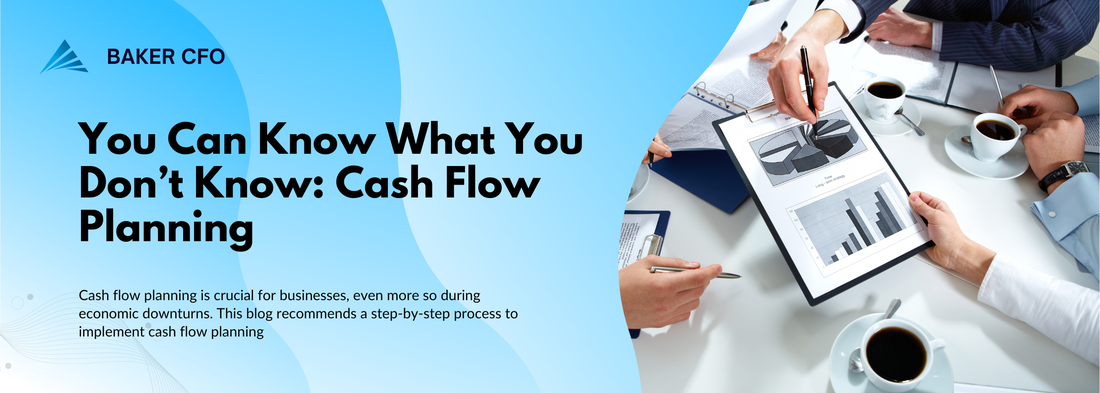|
On March 31, 2020, the Department of Treasury (the “Department”) issued guidance on implementing the Paycheck Protection Program (PPP).
Very simply, I encourage all readers to go the attached link. Within that site are four links including:
0 Comments
How’s your cash flow planning?
We can probably all agree that the right moment to start systemic cash flow planning is not in the middle of an economic crisis, as it would have been better to start prior. However, now I say, “No time like the present!” or “Better late than never!” or “Do today what you would prefer to do tomorrow!” You get the point. I’m so glad I’ve been able to help several clients improve their cash flow planning in “good times”. Sometimes that has involved simple planning for an operating checking account, and other times, it has involved a more comprehensive approach to cash flow planning including “P&L” forecasting. I’m offering some ideas here to help, as many business owners and/or executives have cash flow on their minds. The following is a high level overview of the process I would encourage business leaders to take: |
© 2024 Baker CFO Advisory, LLC | Terms of Service & Privacy Policy |

